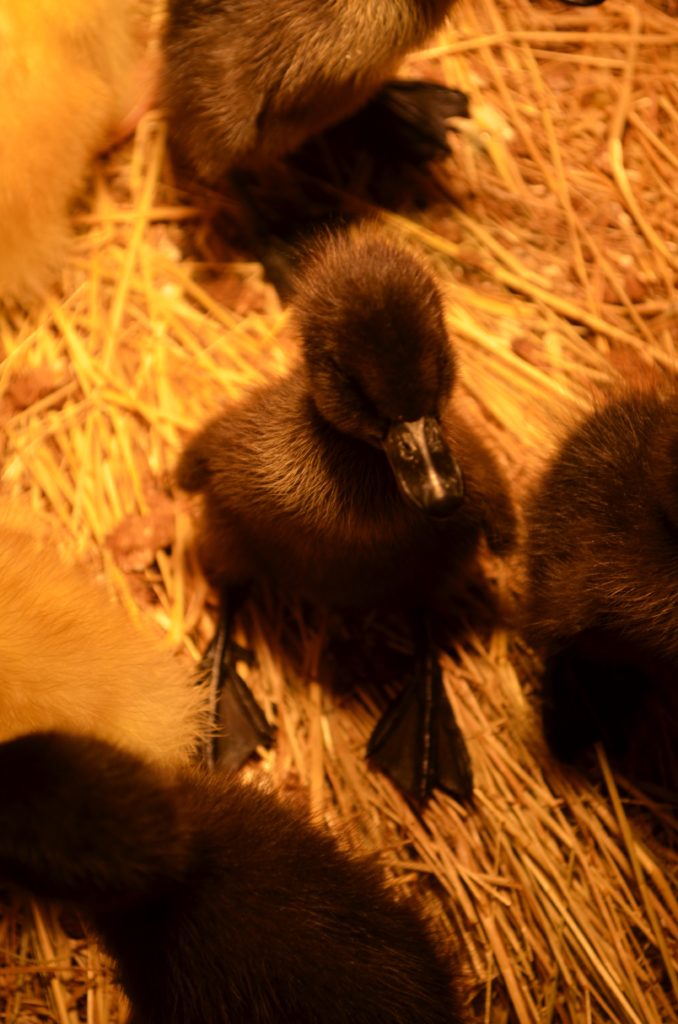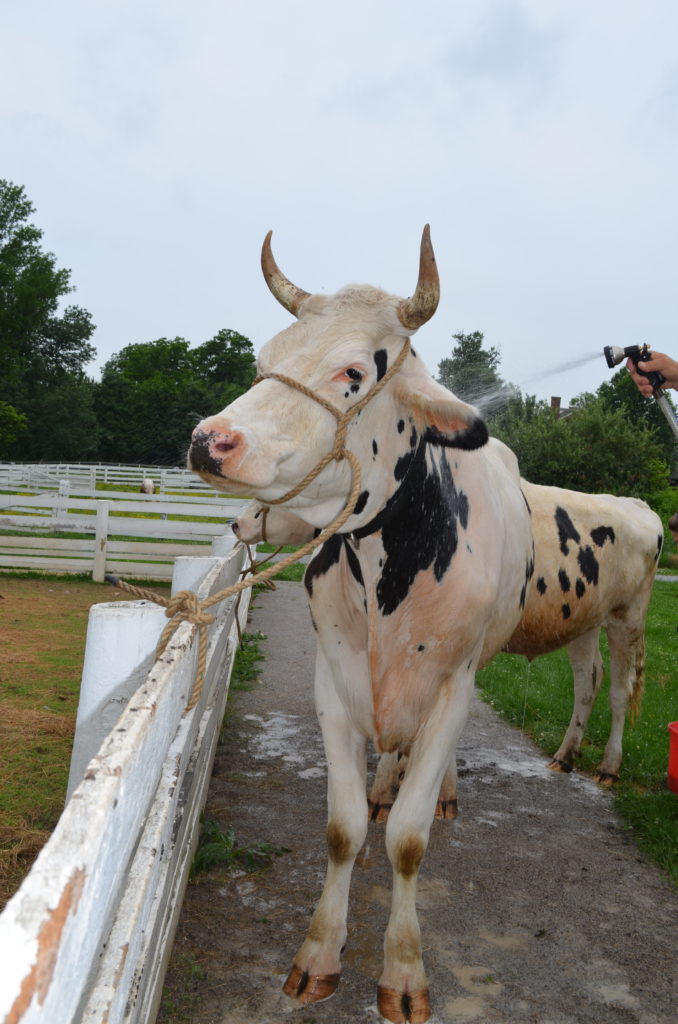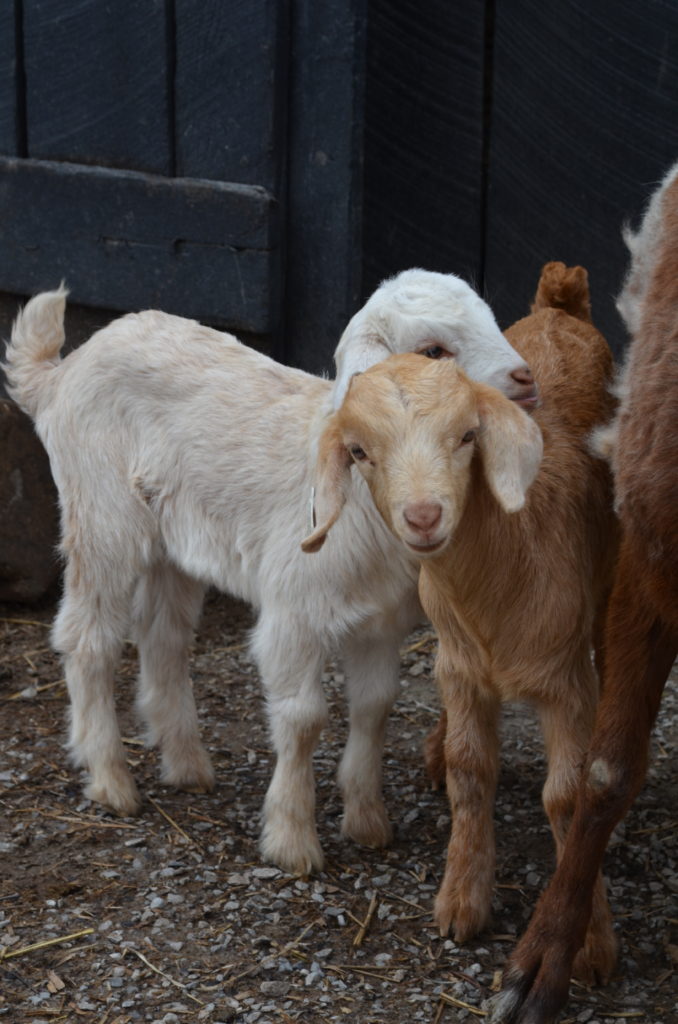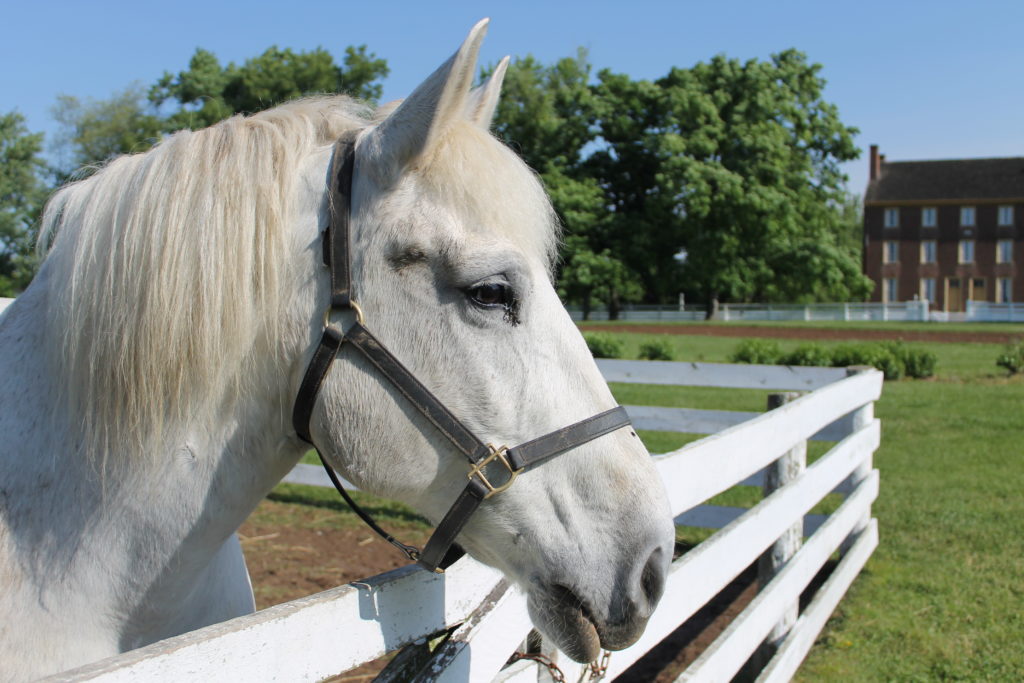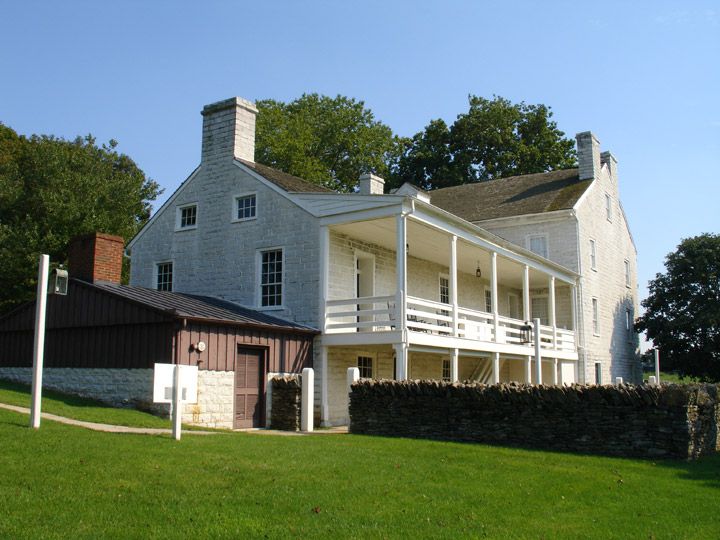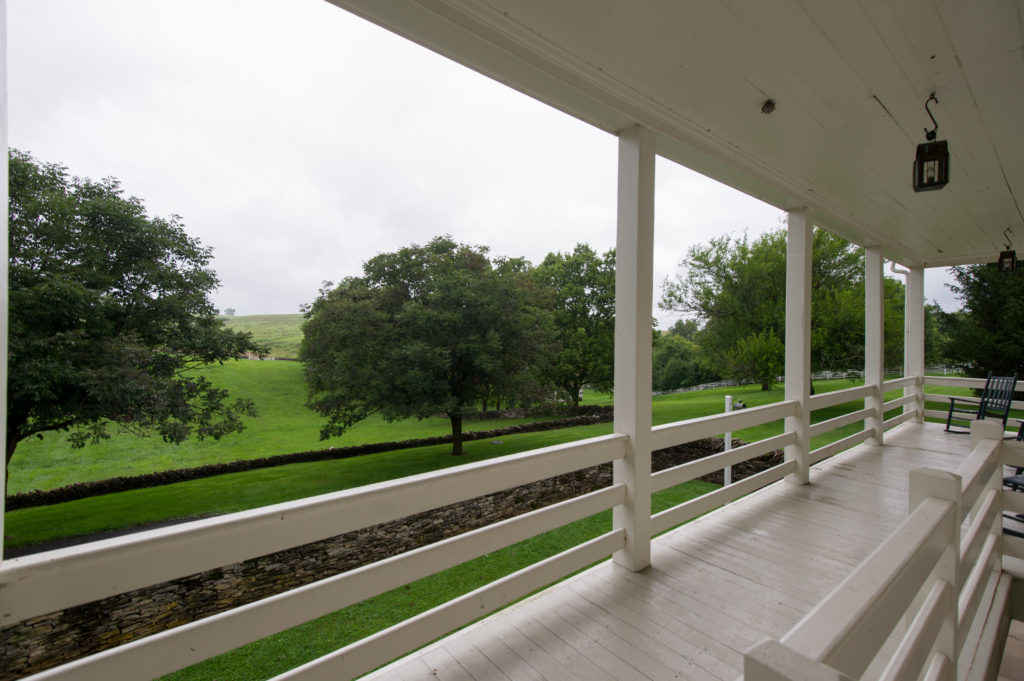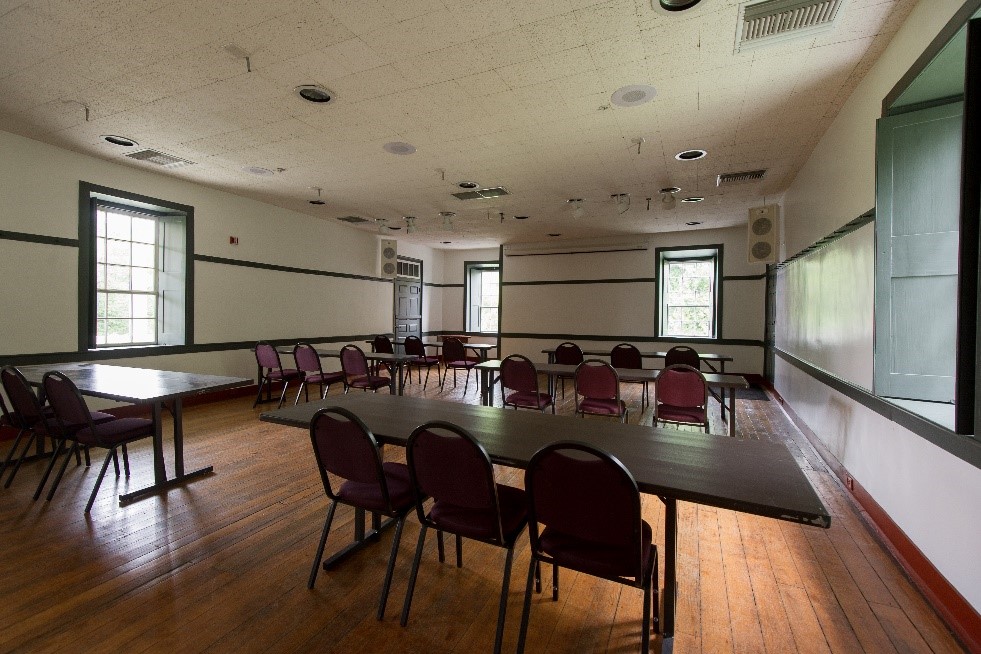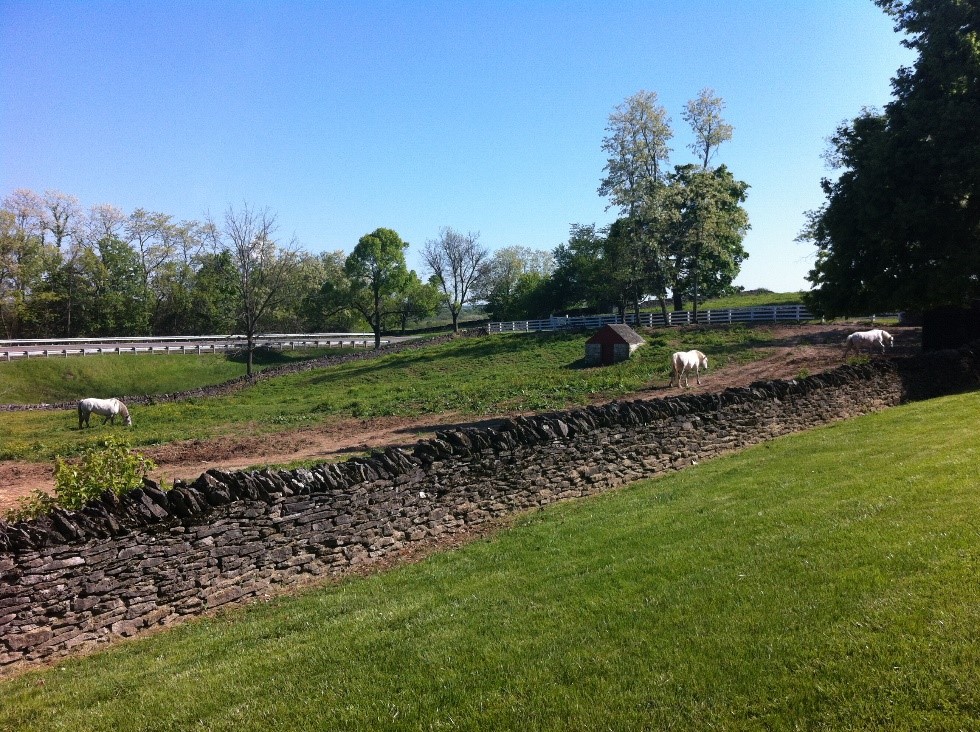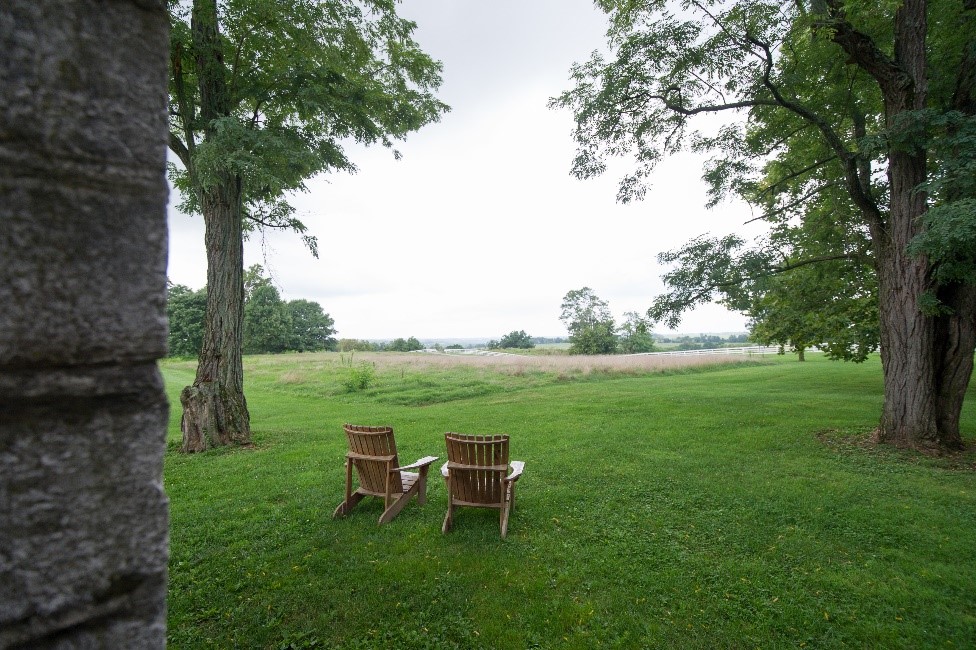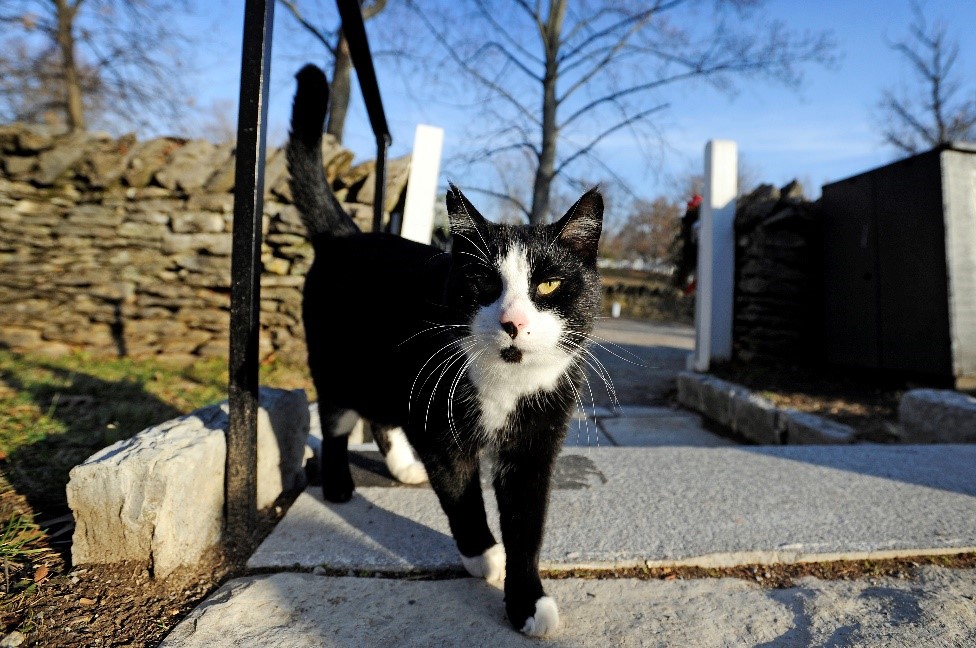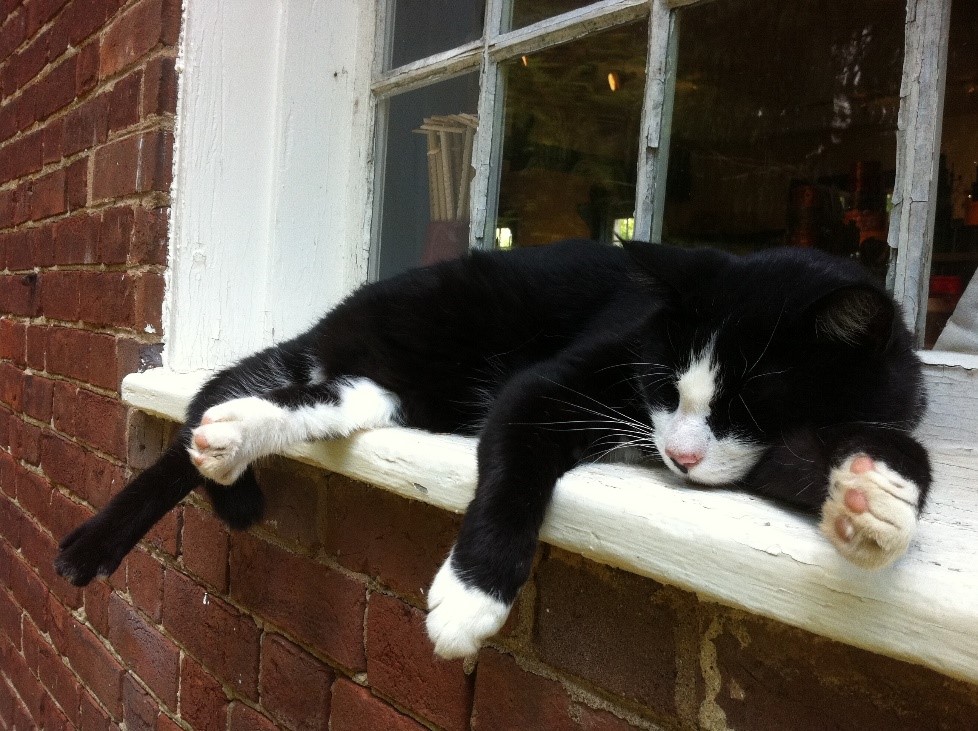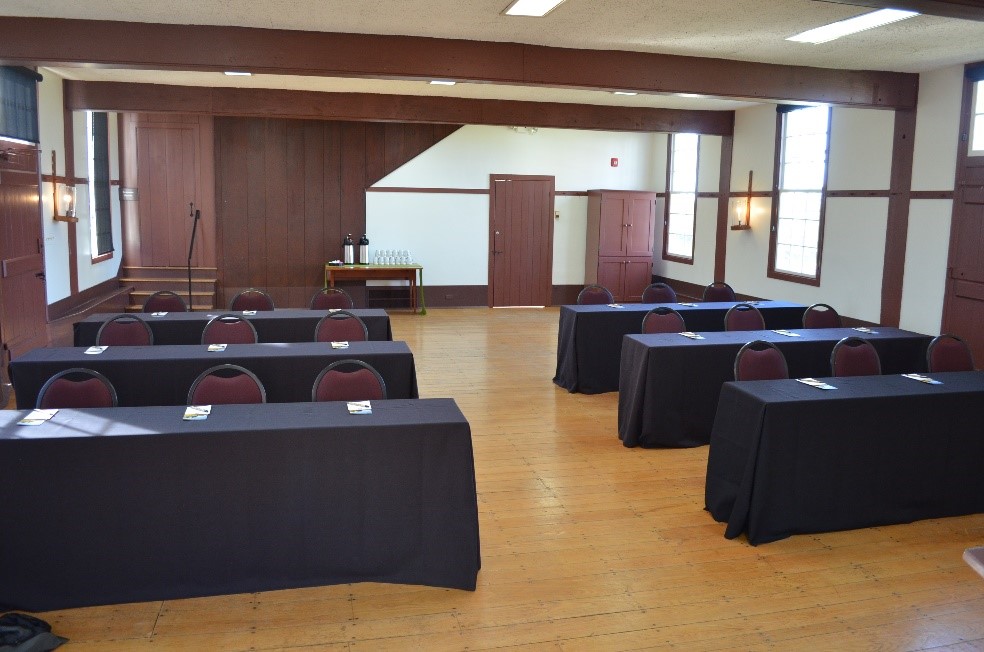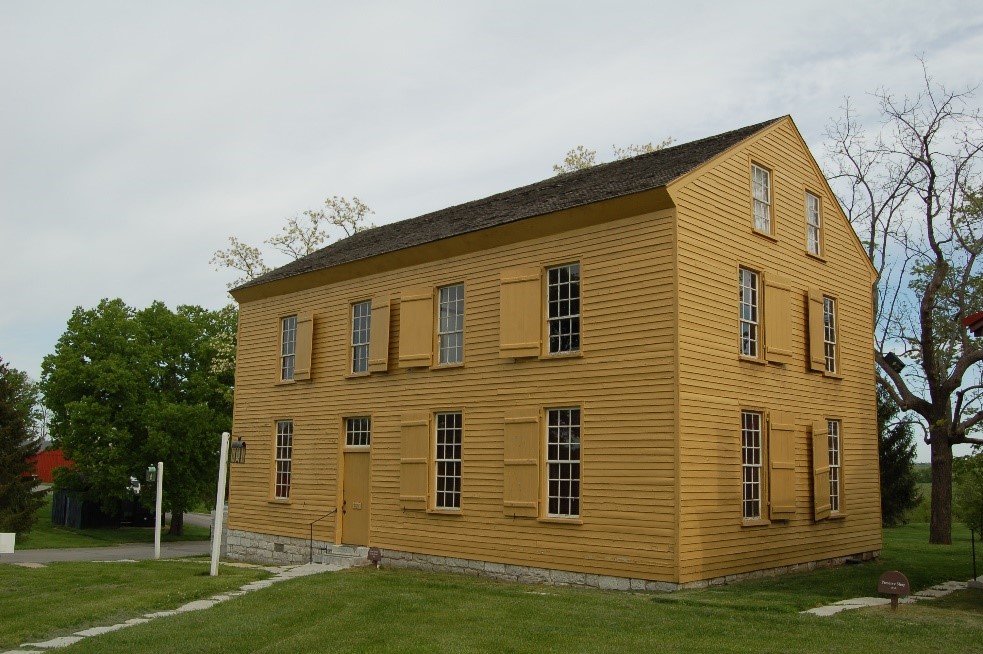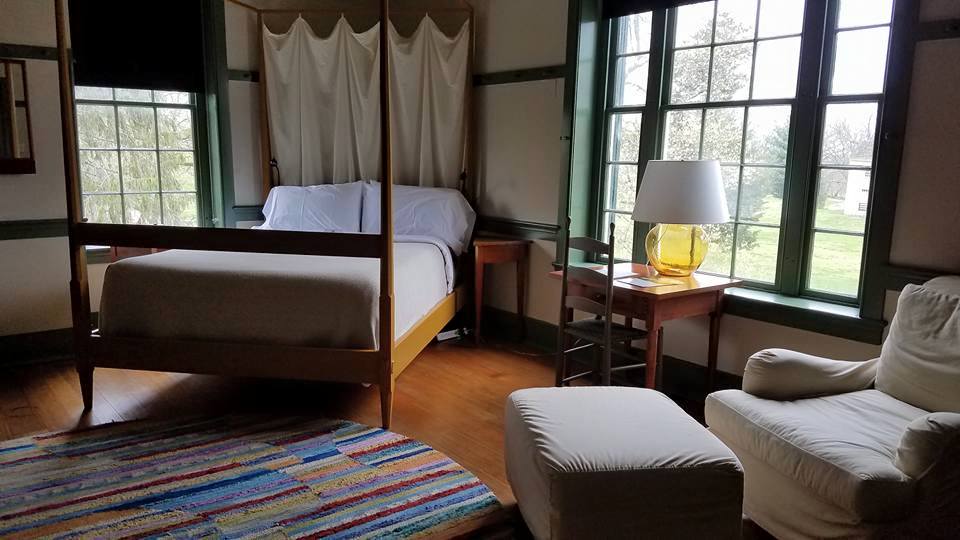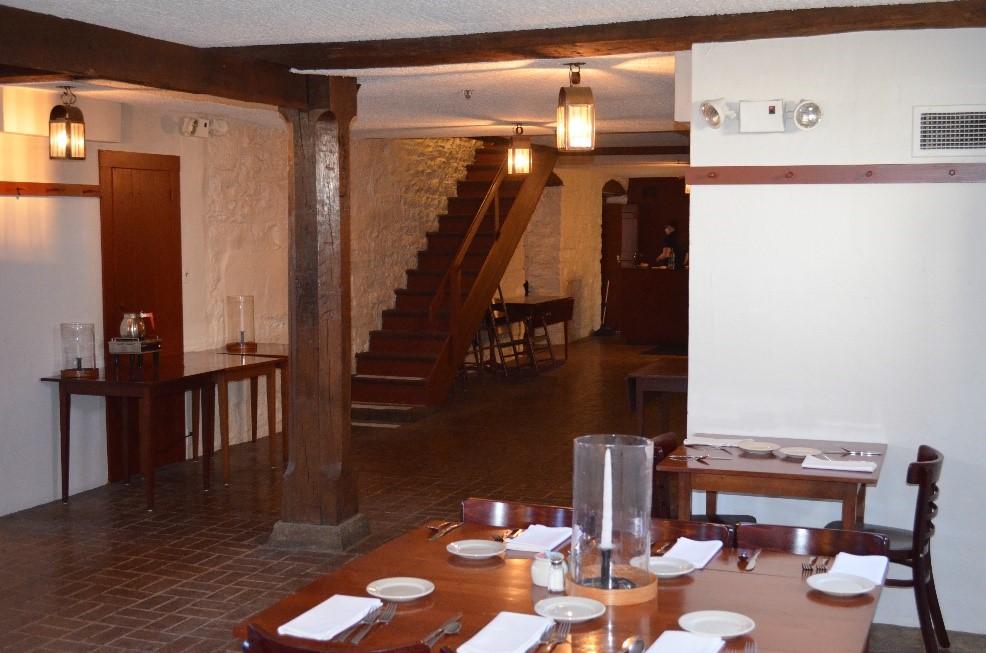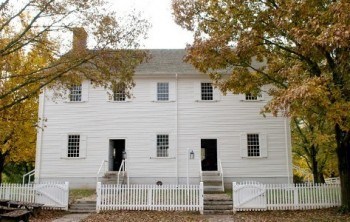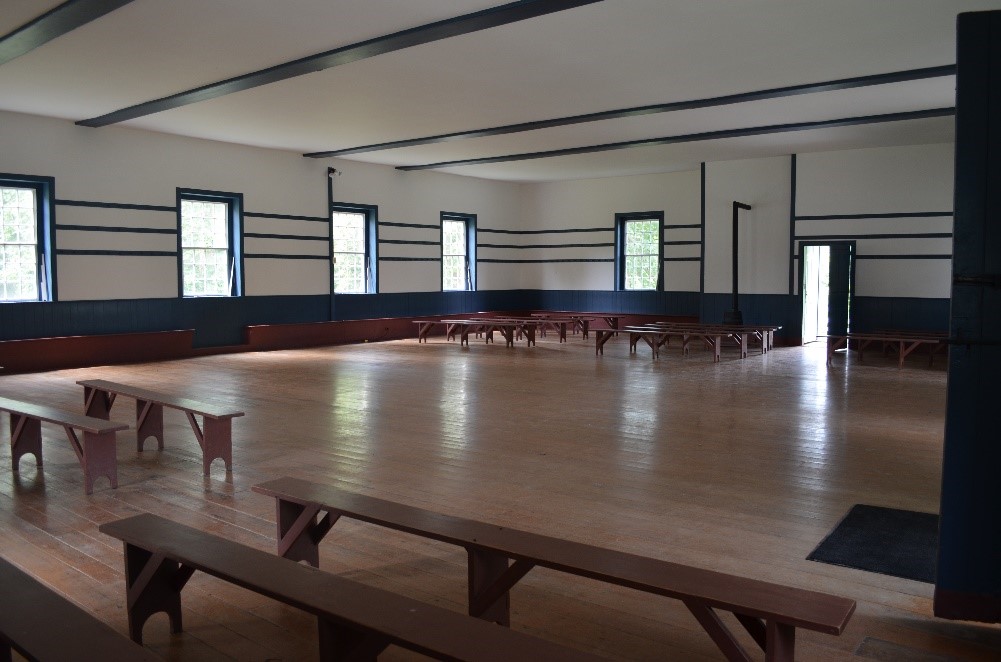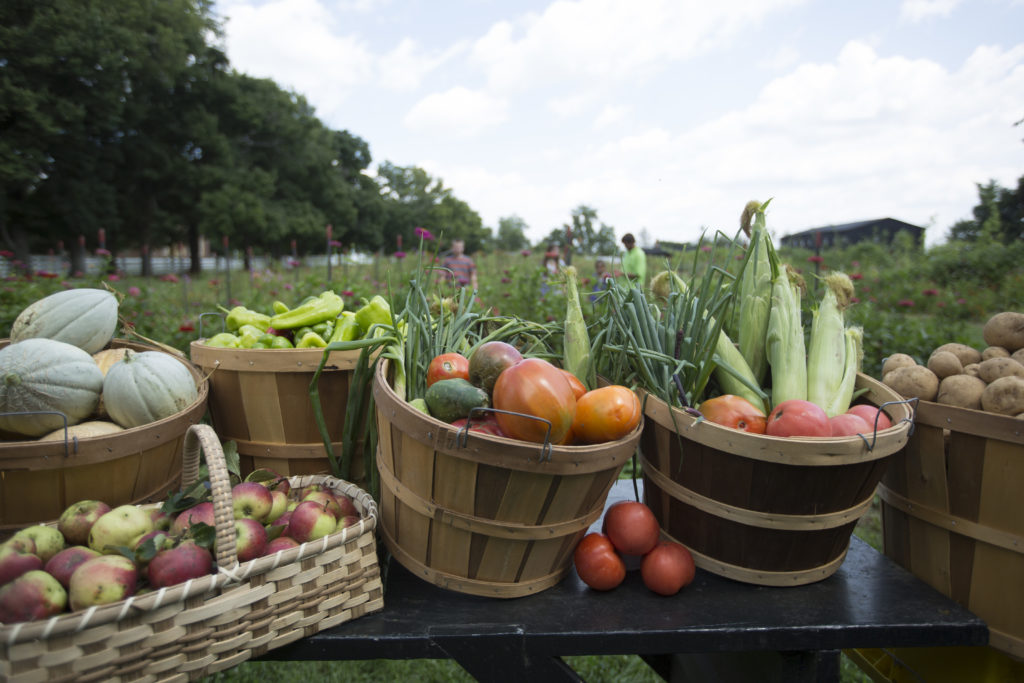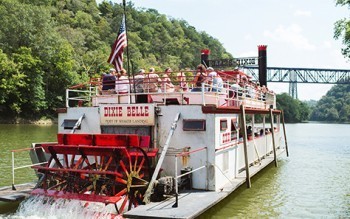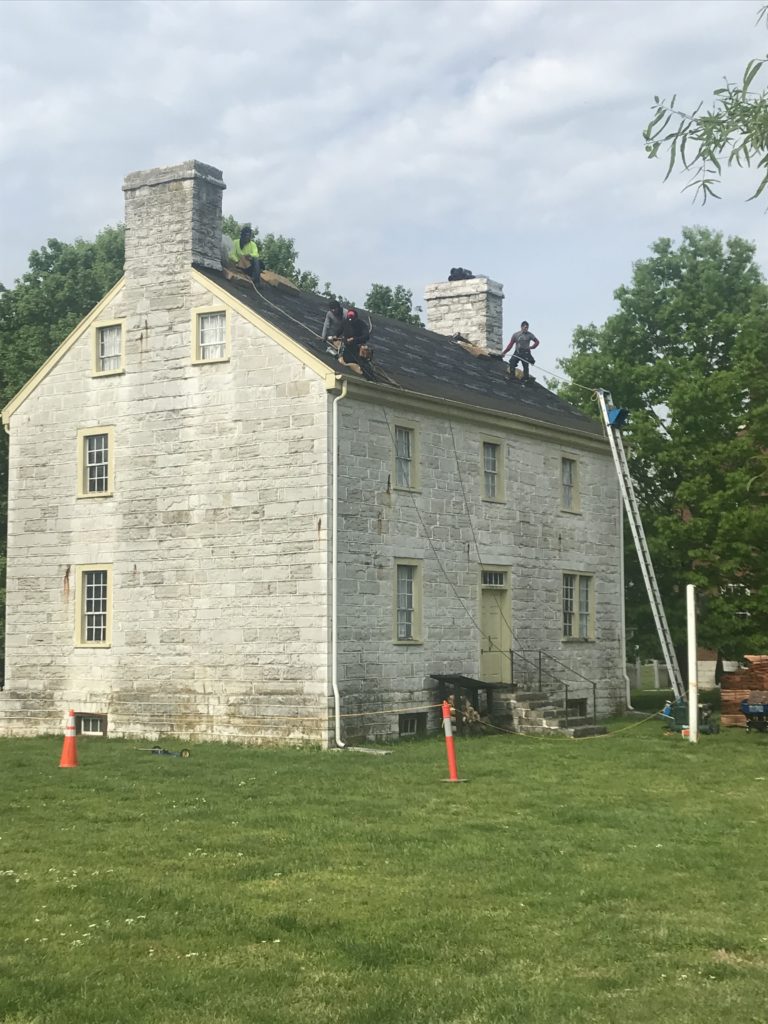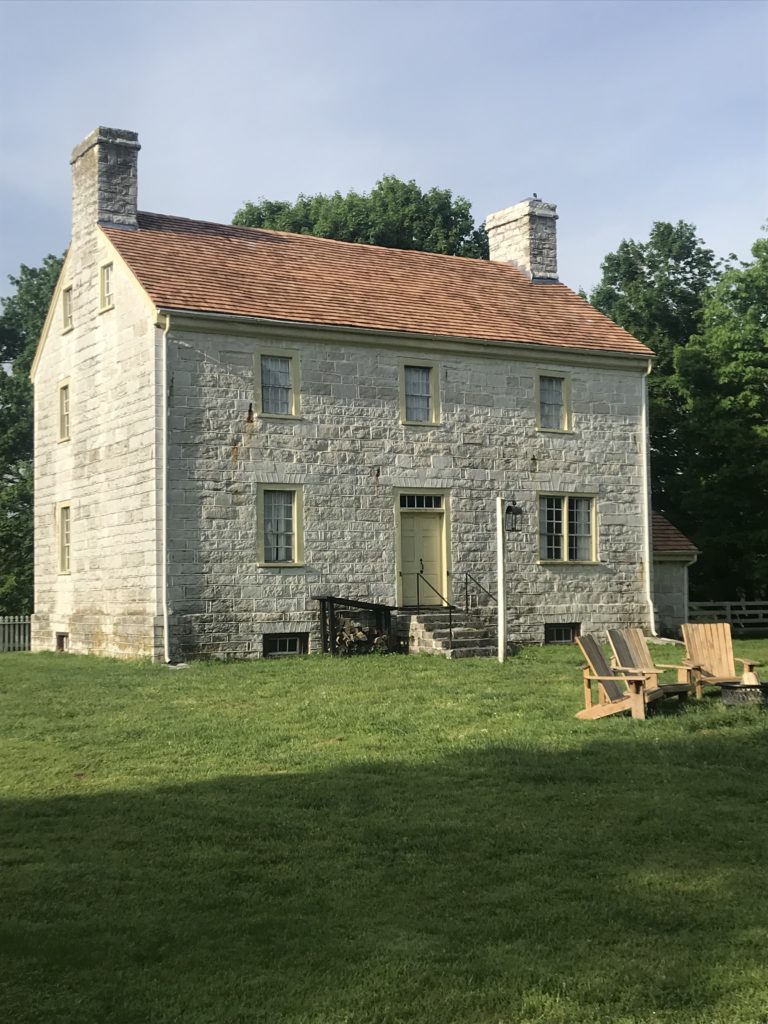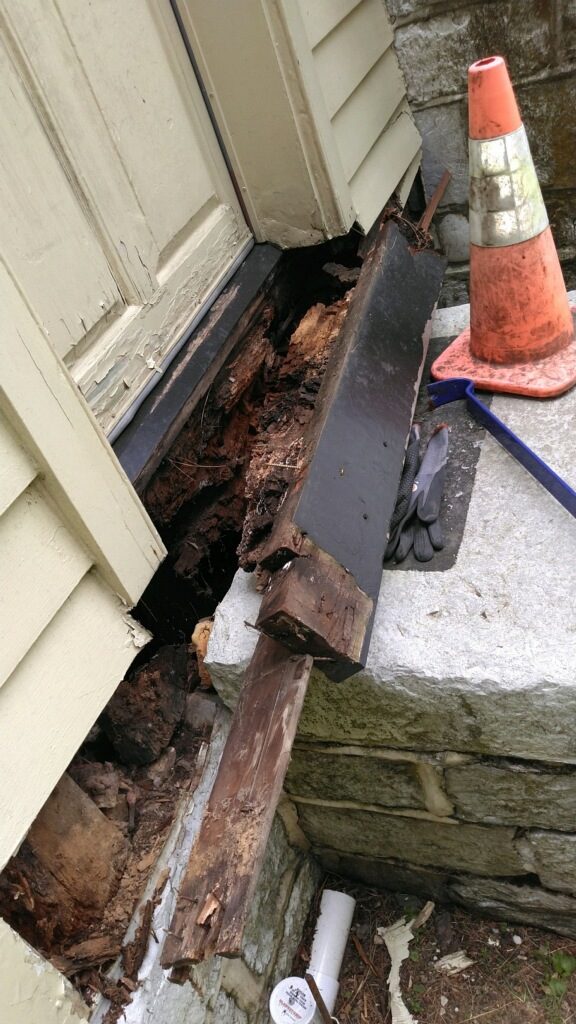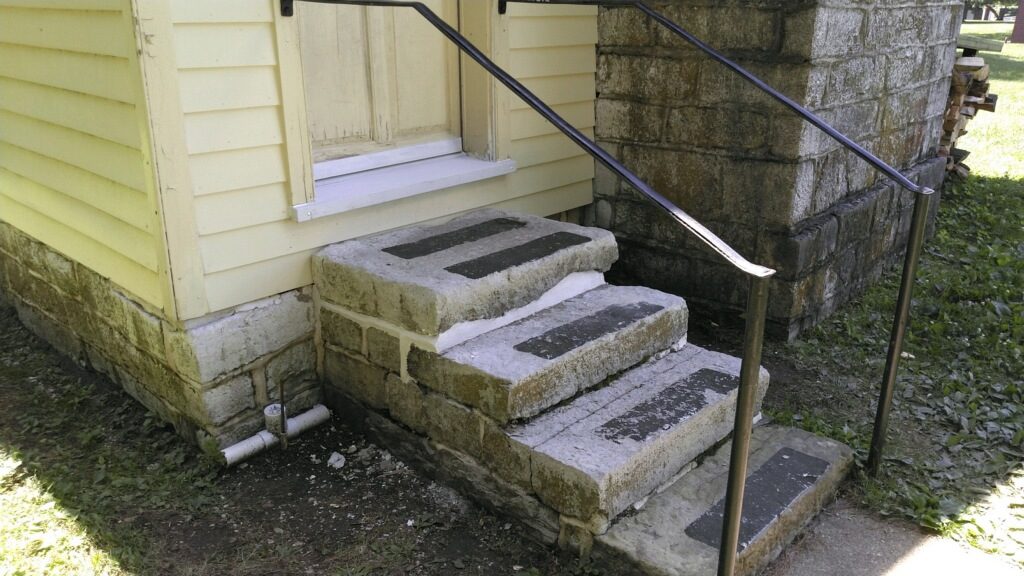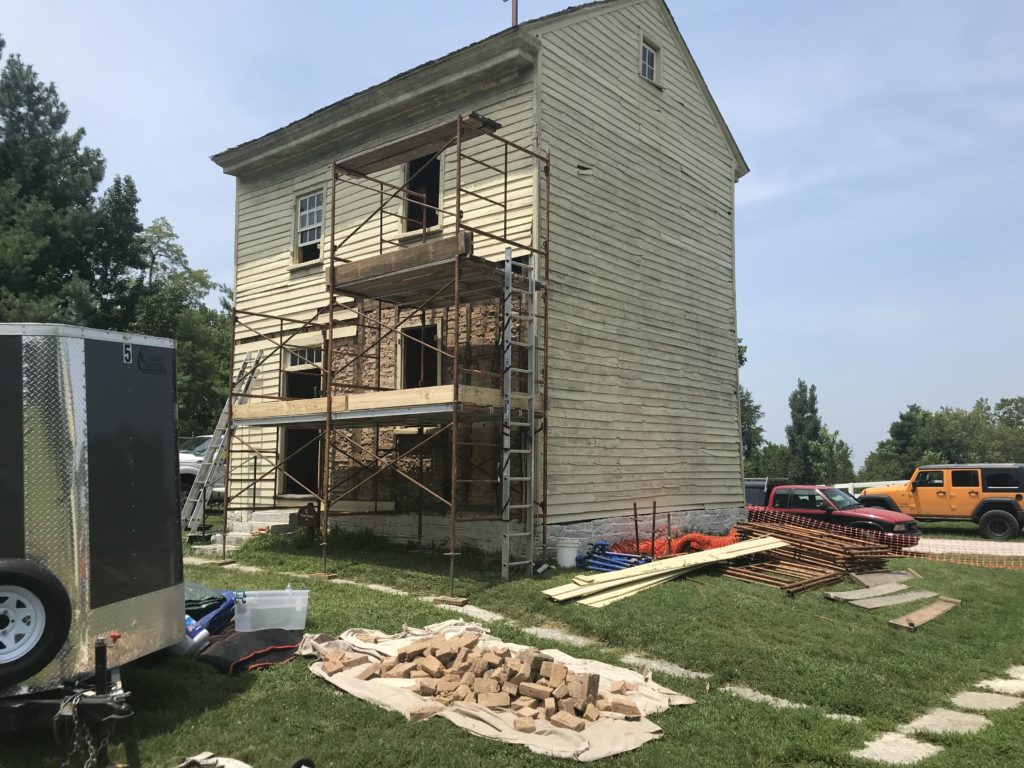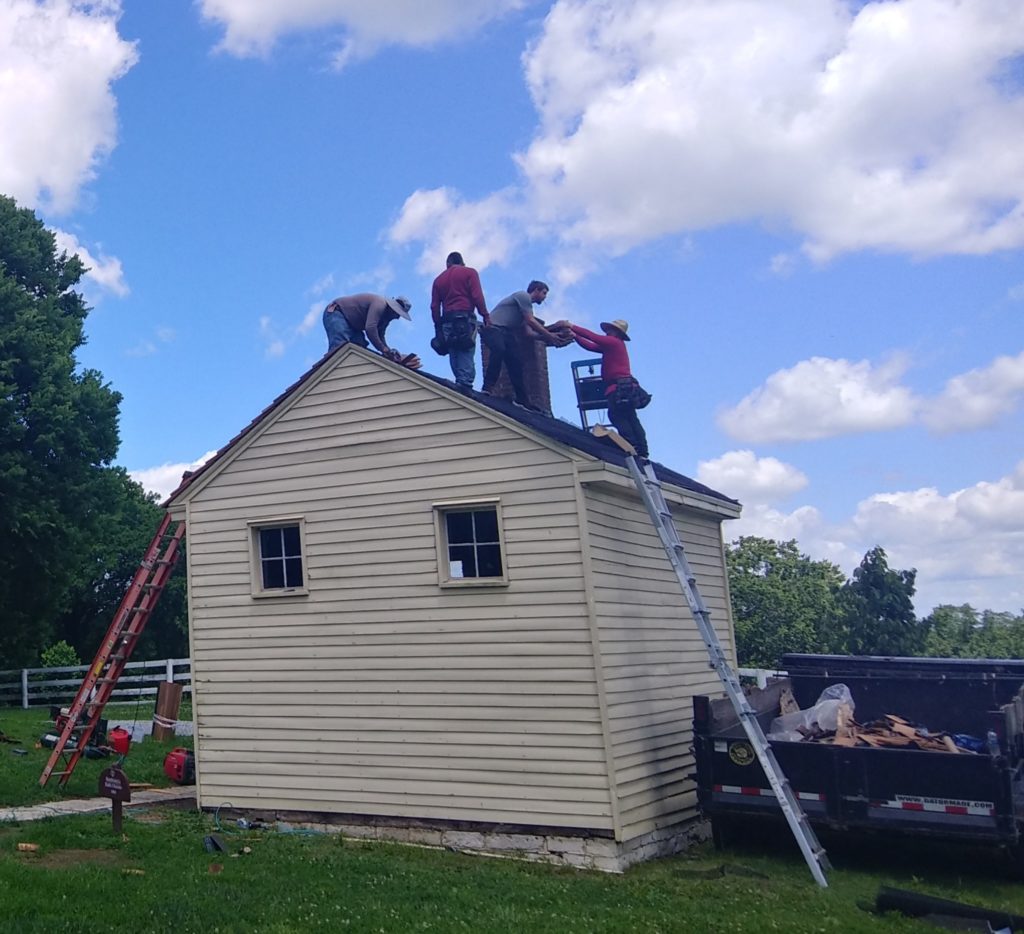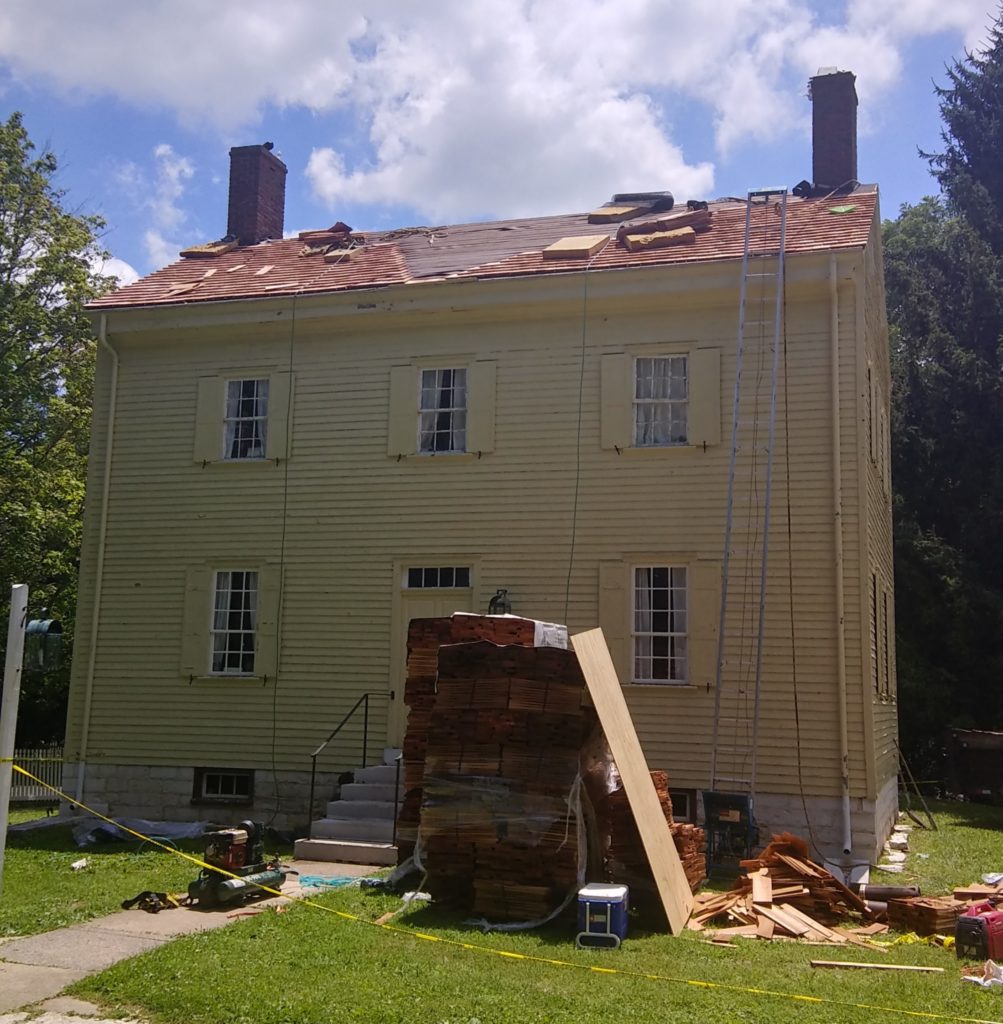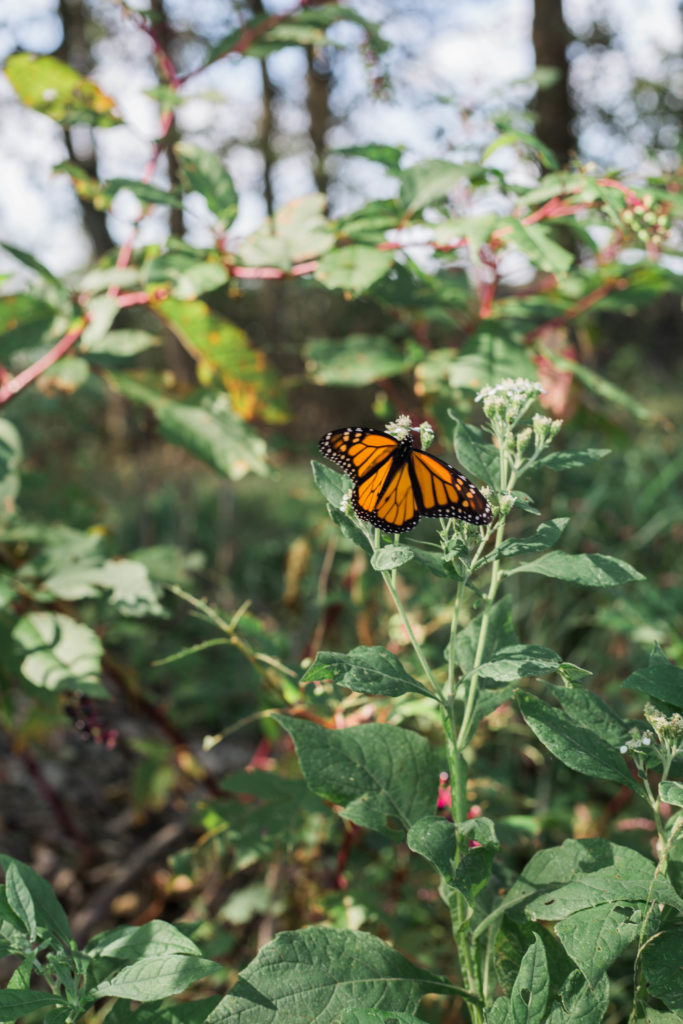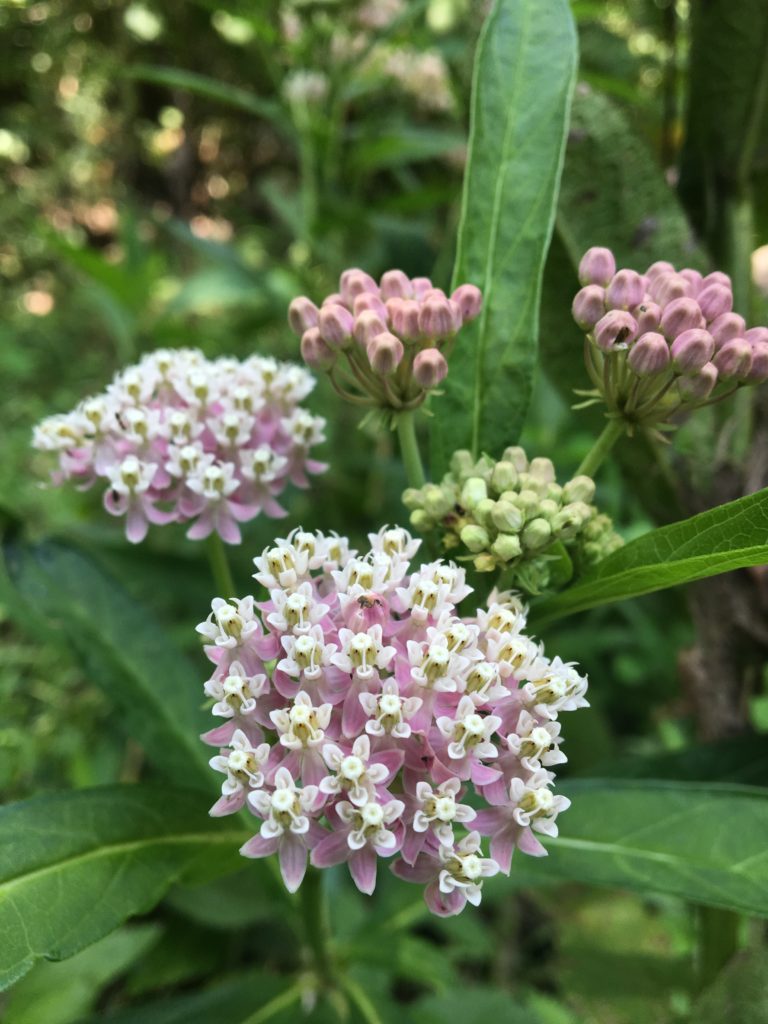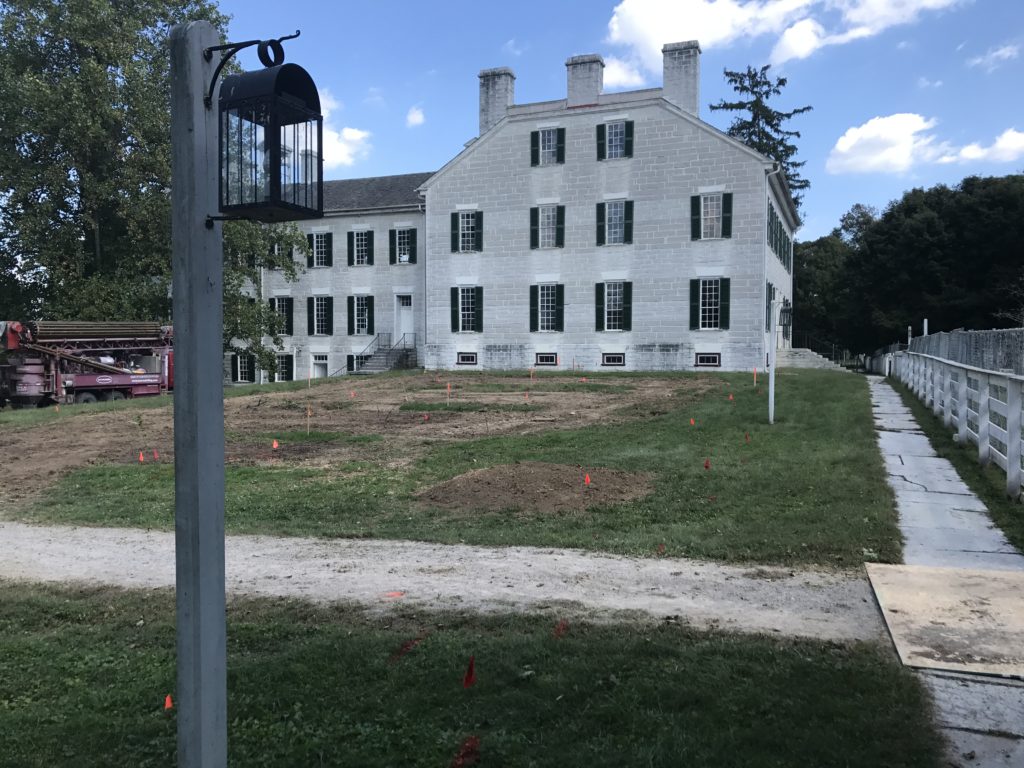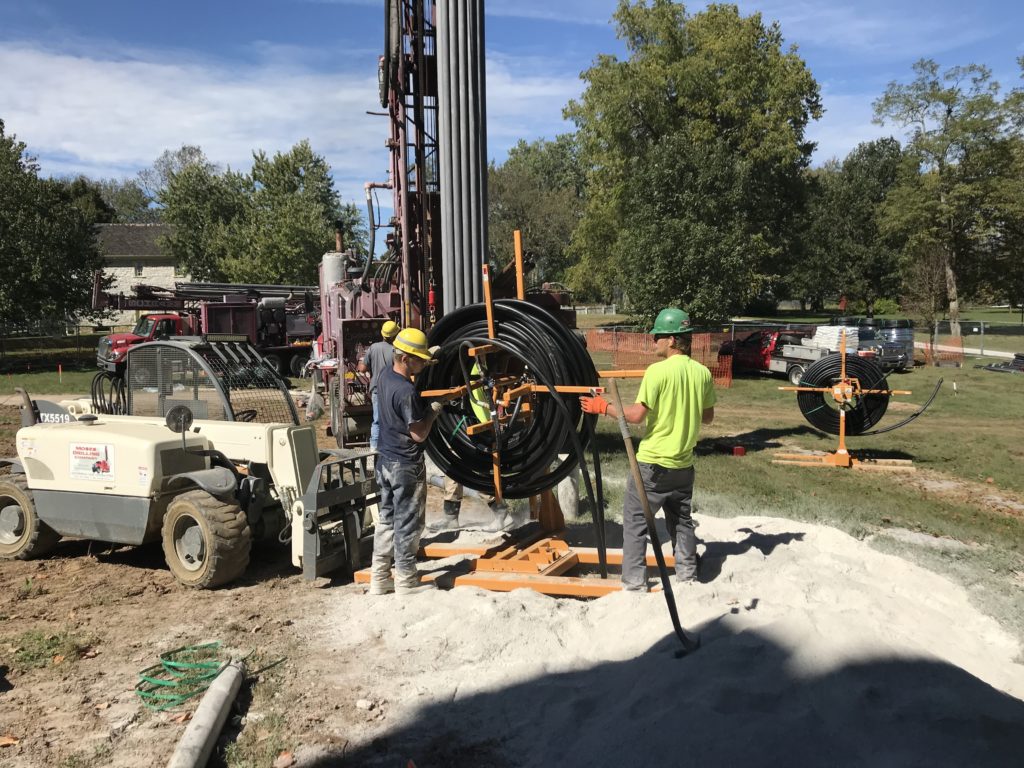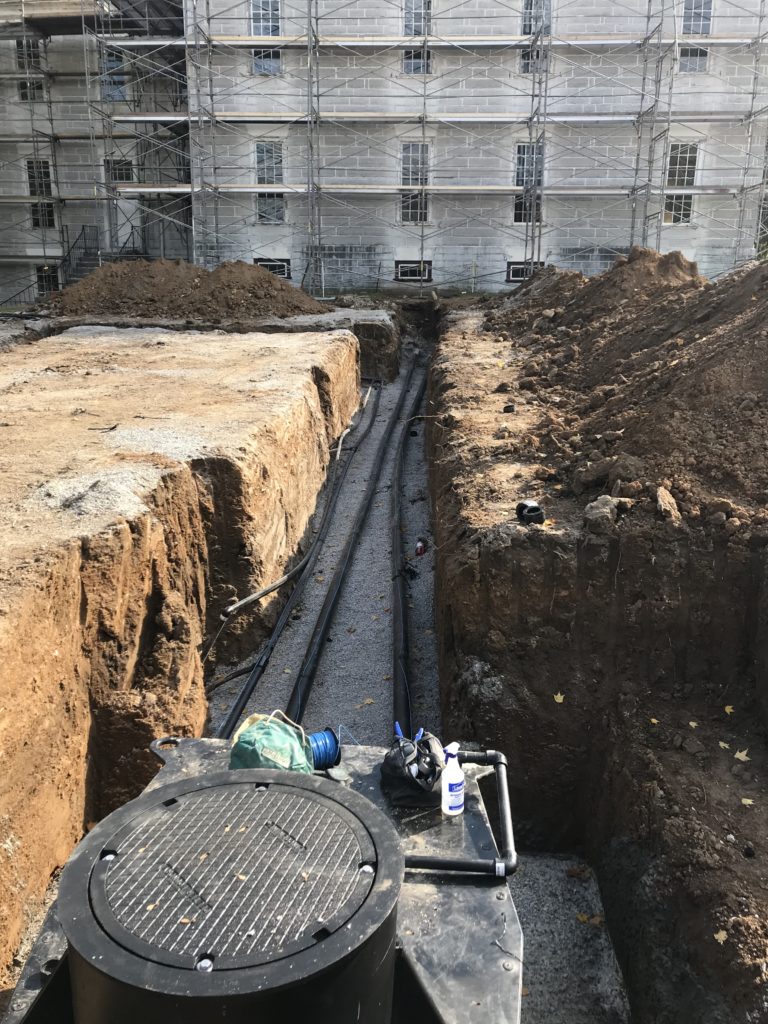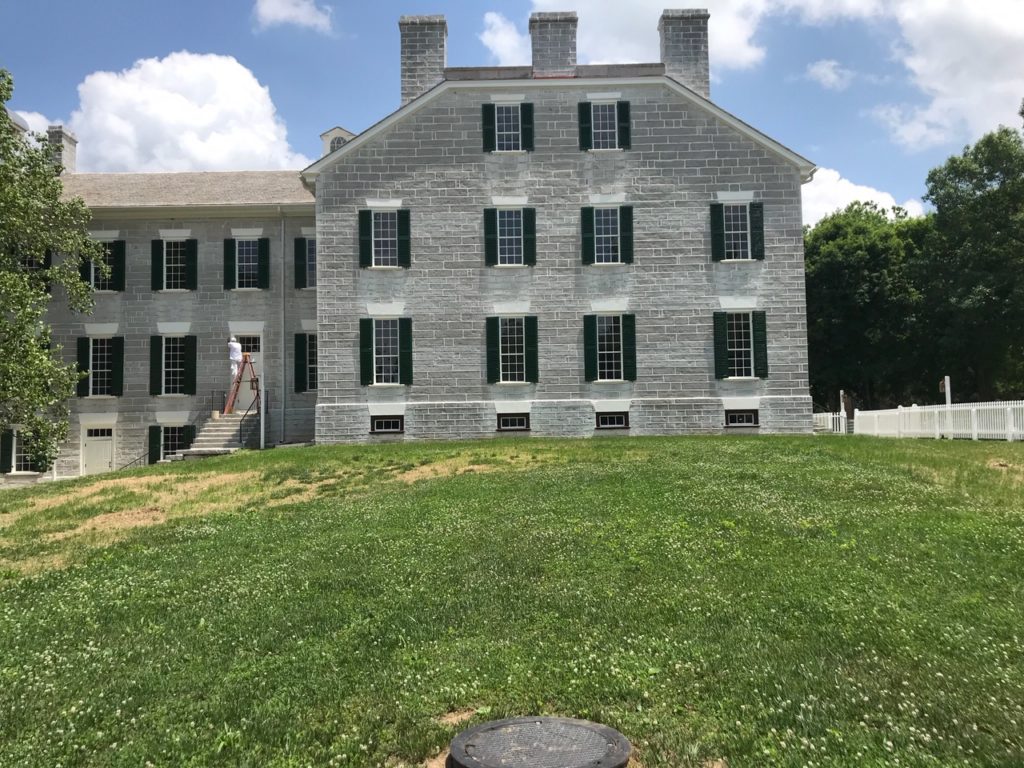For Ann Bakhaus, supporting Shaker Village has been a family affair.
Barry Stumbo, Chief Development Officer
Ann Bakhaus, recently elected vice-chair of the Board of Trustees at Shaker Village of Pleasant Hill, has maintained a strong bond to Shaker Village since she was a small child. “Shaker Village has been near and dear to my heart for well over 50 years. My parents took me there as a child to this beautiful historic place, and many happy memories were made.”
She recalls “Early on my father, O. A. Bakhaus, was instrumental, with a handful of other folks, to purchase the buildings that were sold off and bring our Shaker history back to life again. This is a place that needs to be cherished and celebrated to educate future generations about simplicity of life and incredible craftsmanship. I am proud to play a small role in this endeavor.”

Ann was appointed to the Shaker Board of Trustees in 2011. Shaker Village President and CEO Maynard Crossland said, “Ann has provided tremendous leadership to the board and is extremely passionate about her work at Shaker Village. Like her father, she continues to inspire future generations through discovery by sharing the legacy of the Pleasant Hill Shakers.”
Mr. Bakhaus instilled the importance of community involvement in his daughter Ann at an early age.
Today, despite of a packed schedule involving work, family and horses, Ann Bakhaus focuses on giving back to the community that has been so good to her and her family.
Born at Central Baptist Hospital in Lexington, Ann grew up in Lexington, graduated from St. Mary’s College in Raleigh, N.C., and pursued a degree at the Atlanta School of Fashion Design. She worked in advertising before making the move back to Lexington to focus on raising her three children.
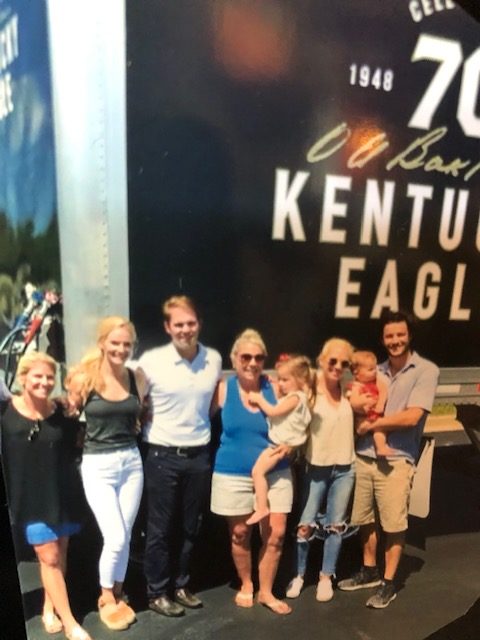
In 1997, she took over the helm of her father’s business, Kentucky Eagle, Inc., which distributes Anheuser Busch products, Yuengling, many crafts and wine & spirits. She mainly focused on ensuring that her business was always run as a family owned business while also being in tune with upcoming trends and products and always overseeing government regulations that affect the industry.
She spearheaded the construction of the company’s headquarters on Innovation Drive in Lexington, the first Leadership in Energy and Environmental Design (LEED) – certified Anheuser Busch distributorship in the country.
Retiring from Kentucky Eagle in 2018 to let her children carry on, she is now chair of the Town Branch Park, which is funding and overseeing the construction, programming and operations of the transformational 9-acre park located between LCC and Oliver Louis in downtown Lexington.
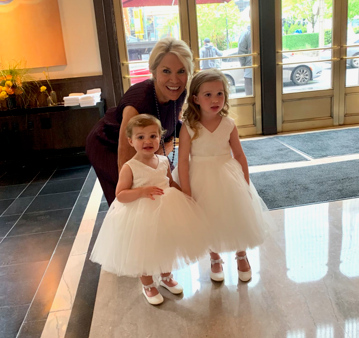
Many know Bakhaus for her civic involvement in Commerce Lexington, Lexington Industrial Foundation, Lexington Triangle Foundation, Child Development of the Bluegrass, Fayette Alliance Foundation, Downtown Lexington Partnership, The Markey Foundation and Lexington Center Corp Board.
A horse lover since childhood, Bakhaus breeds Thoroughbreds at Keene Ridge Farm, her 169-acre farm that overlooks Keeneland. She also has a pleasure barn where she and her boarders trail ride and enjoy clinics in the arena.
Bakhaus’ greatest passion is her family; daughters Tate Russell Sherman and husband Josh, Kelton Bakhaus Jarrell and her husband Beau, son Michael Russell and wife Taryn Solomon and two granddaughters, Hadley and Finley.
